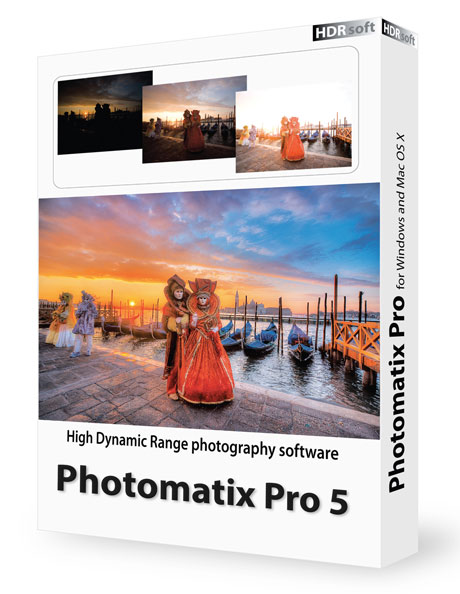

You can use Photomatix Pro’s HDR Viewer window to assess how much detail appears in various parts of the scene. A computer display can’t accurately render an HDR image, however, so your combined exposure will have a disappointingly contrasty look. An HDR image is comprised of several shots taken at different exposures. Photoshop’s tone-mapping features often yield images that lack contrast and punch.

#Photomatix essentials review pro#
In my tests, though, Photomatix Pro provided more control and more pleasing results than did Photoshop CS2.

If you’ve used the HDR features in Adobe Photoshop CS2, these steps will seem familiar. In general, you’ll get the most control if you combine your source images into a high-dynamic range (HDR) image, then apply Photomatix Pro’s tone-mapping features to convert the HDR image into an 8- or 16-bit image (see screen shots). You have several options for combining images. Once you’ve shot your source images, open them in Photomatix Pro and go to work. For example, if you shoot on a windy day, water, tree branches, and fast-moving clouds are likely to appear blurry in the final image, since they will have moved between each shot. Your choice of scene can also affect your results. If your camera has an exposure bracketing feature and a fast burst mode, you can hand-hold your shots and then use Photomatix Pro’s image-alignment option, which does a good job of registering multiple images. Generally, you’ll get the best results by using either Raw format or 16-bit TIFF images, since these formats retain the most pixel data.īecause Photomatix Pro lets you combine multiple exposures into a single image, you’ll get the best results by mounting your camera on a tripod during your shoot. In its batch-processing mode, it can also process Raw format images. Photomatix Pro can open common image formats, including JPEG, TIFF, PSD, and PNG. By taking between two and four shots at a wide range of exposures, you ensure that you capture details in shadows and highlights alike. Multiple choiceĬreating an image with Photomatix Pro usually involves combining several shots of the same scene, each taken with a different exposure setting. The steps aren’t always straightforward-and they’re complicated by the software’s funky design and scattered documentation-but if you can work through the complexities, the results can be stunning. You can use Photomatix Pro to gently coax details out of dark shadows and bright highlights, or to create surreal scenes whose vivid colors and extreme contrast bear little resemblance to the real world. MultimediaPhoto’s Photomatix Pro 2.2.3 gives digital photographers several tools for getting the highest possible dynamic range out of a scene.


 0 kommentar(er)
0 kommentar(er)
